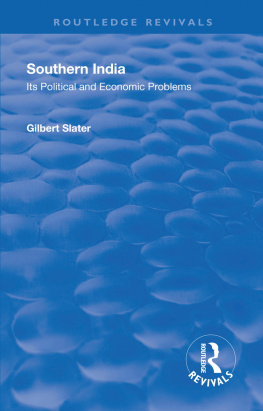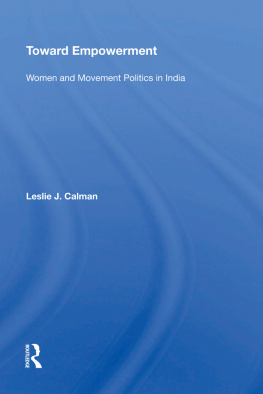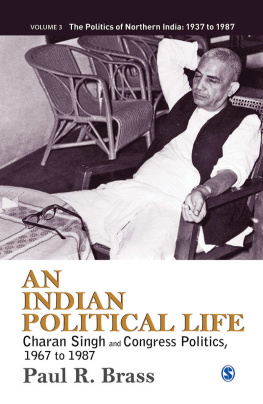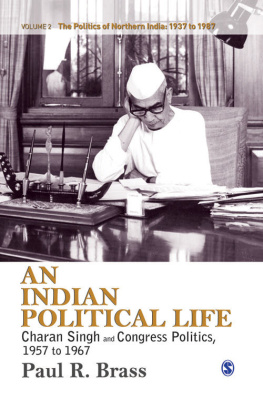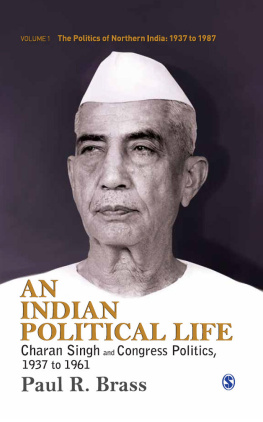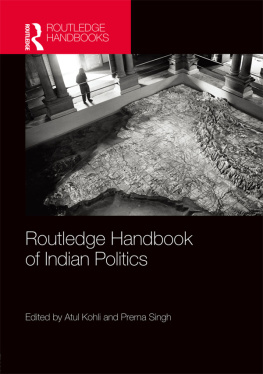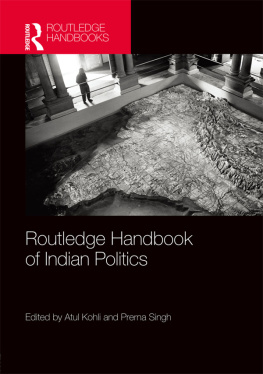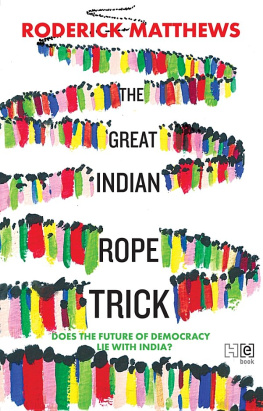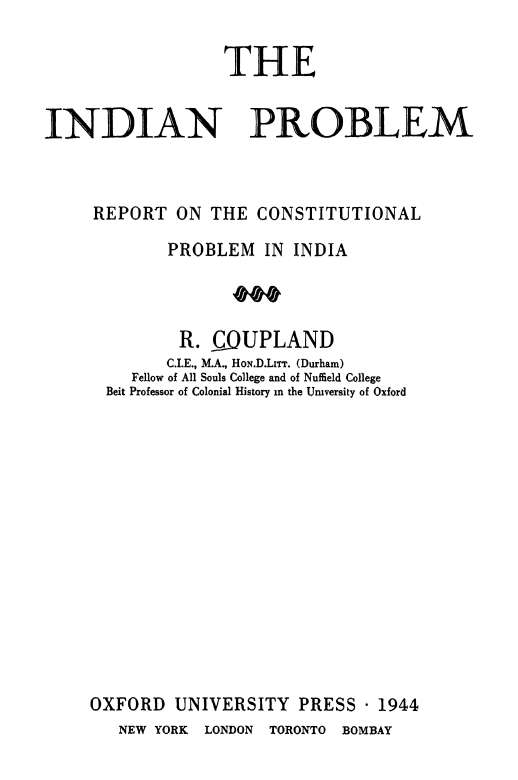PUBLISHED ORIGINALLY IN ENGLAND IN THREE VOLUMES:
I. THE INDIAN PROBLEM 1833-1935 (1942)
II. INDIAN POLITICS 1936-1942 (1943)
III. THE FUTURE OF INDIA (1943)
A WARTIME BOOK
THIS COMPLETE EDITION IS PRODUCED IN FULL COMPLIANCE WITH THE GOVERNMENT'S REGULATIONS FOR CONSERVING PAPER AND OTHER ESSENTIAL MATERIALS
PRINTED IN THE UNITED STATES OF AMERICA
THE INDIAN PROBLEM 1833-1935
THE FIRST PART OF A REPORT ON THE CONSTITUTIONAL PROBLEM IN INDIA SUBMITTED TO THE WARDEN & FELLOWS OF NUFFIELD COLLEGE OXFORD
CONTENTS
I. THE STRUCTURE OF THE BRITISH EAJ , . , , ' 7
II. CONSTITUTIONAL DEVELOPMENTS IN BRITISH INDIA, 1833-1909 . 18
III. HINDU-MOSLEM ANTAGONISM .....28
*
IV. THE COLONIAL MODEL .37
V. THE MONTAGU-CHELMSFORD REFORMS 44
VI. THE CONSTITUTION OF 1919 IN OPERATION .... 66
VII. SWARAJ AND DOMINION STATUS 80
VIII. THE SIMON REPORT 97
IX. THE ROUND TABLE CONFERENCE 113
X. THE ACT OF 1935 132
SUMMARY . 149
INDEX 159
MAP. The Indian Provinces and States in 1935... at the end
APPENDICES
I. Treaty between the East India Company and the Rajah of Bikaneer,
1818 153
II. Extract from a speech by the Hon. Syed Ahmad Khan, 1883 . 154
III. Extract from the Governor-General's Instructions under the Act
of 1919 156
IV. Extract from a speech by the Secretary of State for India, February
INTRODUCTION
INDIA, it is often said, is more like a continent than a country, more like Europe than one of its component nations. For the student of politics the point of the comparison is not primarily a question of size. India, it is true, is a vast country, containing nearly 390 million people; but owing to the progress of science mere size of territory or population is no longer a primary factor in the problem of government. The major point, the major difference between India and any other country in the world, lies in the diversity of Indian life. Centuries of conquest and infiltration from without have made Indian society a complex of races, languages, creeds and customs more variegated than that of Europe, and the domestic history of India has been till very recent times a record of constant conflict between rival races and rulers. Yet it is not for nothing that in the eyes of the outer world India is one country and all its people Indians. The factors making for u,nity are stronger in India than in Europe. Girt by the Himalayas and the sea, the Indian sub-continent is a natural geographical unit. No ireal strategic frontiers cross it. It does not possess that broken coastline, those peninsulas and islands, which have fostered the growth of separate nations in Europe. And there is a certain unity underlying all the diversities of Indian culture. The creeds and customs which from age to age have been woven into that ancient civilisation have acquired, so to speak, a local colour; some pf them superficially, others profoundly, they have all been c Indianised'. There is more in * Mother India ' than mere sentiment or mere geography. Is there enough in it to keep her diverse and discordant children within the frame, be it stiff or loose, of one free political society ?
There lies the core of the constitutional problem which will be examined and discussed in this Report. This first part of it will describe the development of self-government and its corollary, the process of decentralisation, which led up to the existing constitution. The second part will deal in greater detail with the operation of that constitution during the last few years. In the third and last part an attempt will be made to state the main facts that must be faced and to suggest some possible ways of dealing with them if a system of government is now to be devised, both for the great Provinces and for India as a whole, in which the twin principles of freedom and unity are balanced and combined. At each stage it is the interplay of those twin principles that will demand our closest attention. It will be found that for a generation past the stress in Indian politics has been all on freedom, but that now, when the full attainment of freedom is in sight, the balance has swung over and unity has become again, as it was when British
INTRODUCTION
rule began, the major Indian problem. The situation in India, in fact, reflects the situation in the world at large. It is primarily for freedom that the United Nations are fighting because its very existence is at stake. But the freedom which our victory will save or restore to all nations will be unfruitful and precarious unless it is combined with the greatest practicable measure of international unity. 1
1 In a lecture delivered at Patna in 1924 the author urged the need of combining unity with freedom and illustrated his theme from the history of the British Commonwealth. (Freedom and Unity, Bombay, 1924, reprinted in The Empire in {These Days, London, 1935 }
CHAPTER I
THE STRUCTURE OF THE BRITISH RAJ
I. BBITTSH INDIA
THE process by which within a century after Plassey the whole sub-continent of India * except the kingdom of Nepal was brought under British control was a twofold process and its results were twofold, imposing on the structure of Indian government a dualism which has persisted ever since. About three-fifths of the country were annexed to the British Crown, mainly as the result of war and conquestwar with the Nawab of Bengal, with the rulers of Mysore, with the Marathas, with the Amirs of Sind, with the Sikhsbut partly by taking over without fighting territories in which the government was intolerably bad or in which the title of the ruling dynasty was held to have lapsed through lack of lawful heirs. In all this area no attempt was made to repeat the Company's ill-fated experiment in Bengal. No * puppet princes ' were installed to serve as the instruments of British policy. The previous Indian rulers and their civil and military officers were set aside, and the people subjected to direct British administration. Thus the greater part of India became ' British India', and its inhabitants, who now number about 295 millions, British subjects* But the whole of India was not thus conquered or otherwise annexed. Two-fifths of it, peopled now by about 93 millions, were brought into quite a different relationship with the British Crown. As the outcome of political and military exigencies, mostly in the earlier period of British expansion, agreements were concluded between the representatives of the British Government in India and a number of Indian rulers or chiefs who had established their independence after the breakdown of the Mogul Empire. Under these agreements, which will be briefly examined later in this chapter, the ruling dynasties surrendered the management of their external relations to the British Crown, but continued to control under certain conditions the domestic affairs of their States. Though by accepting the suzerainty of the Crown they were brought within the ambit of the British. Empire, their territories did not become British soil, nor their subjects British subjects. Thus India was divided into two distinct parts, in which the basis and form of government were quite different.
In British India the form of government was virtually dictated by Parliament's acceptance of responsibility for its welfare. Parliament could make laws as to how India should be governed, but it could not govern it.



